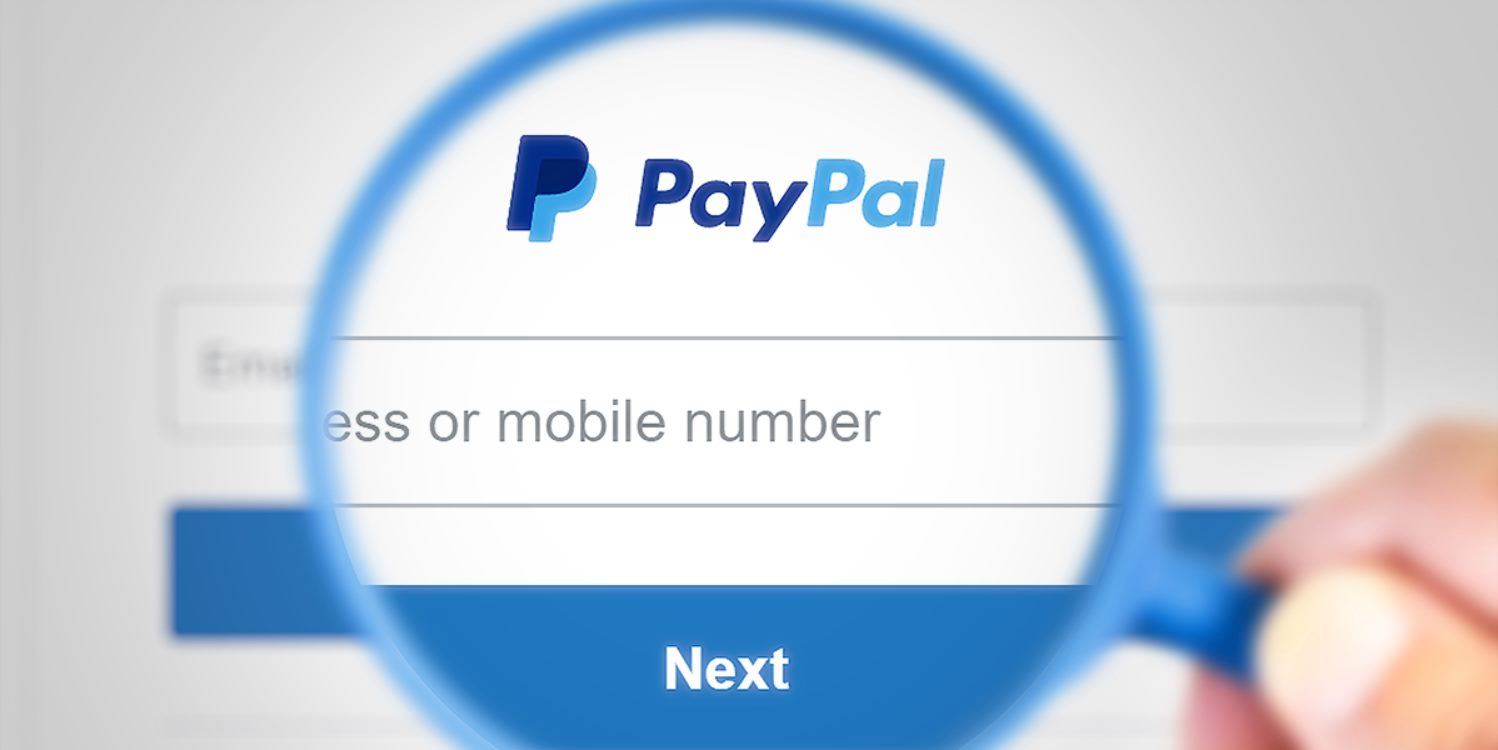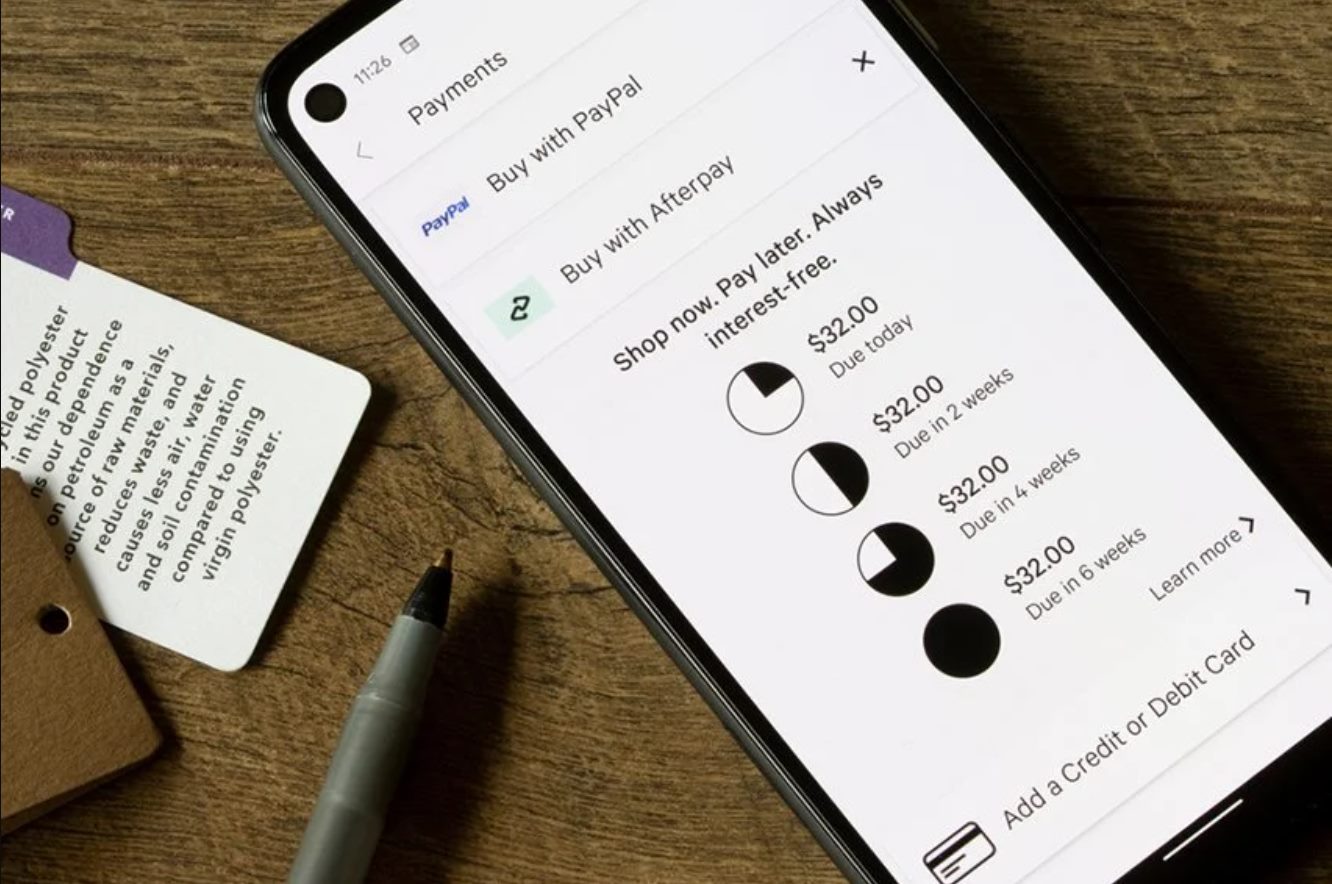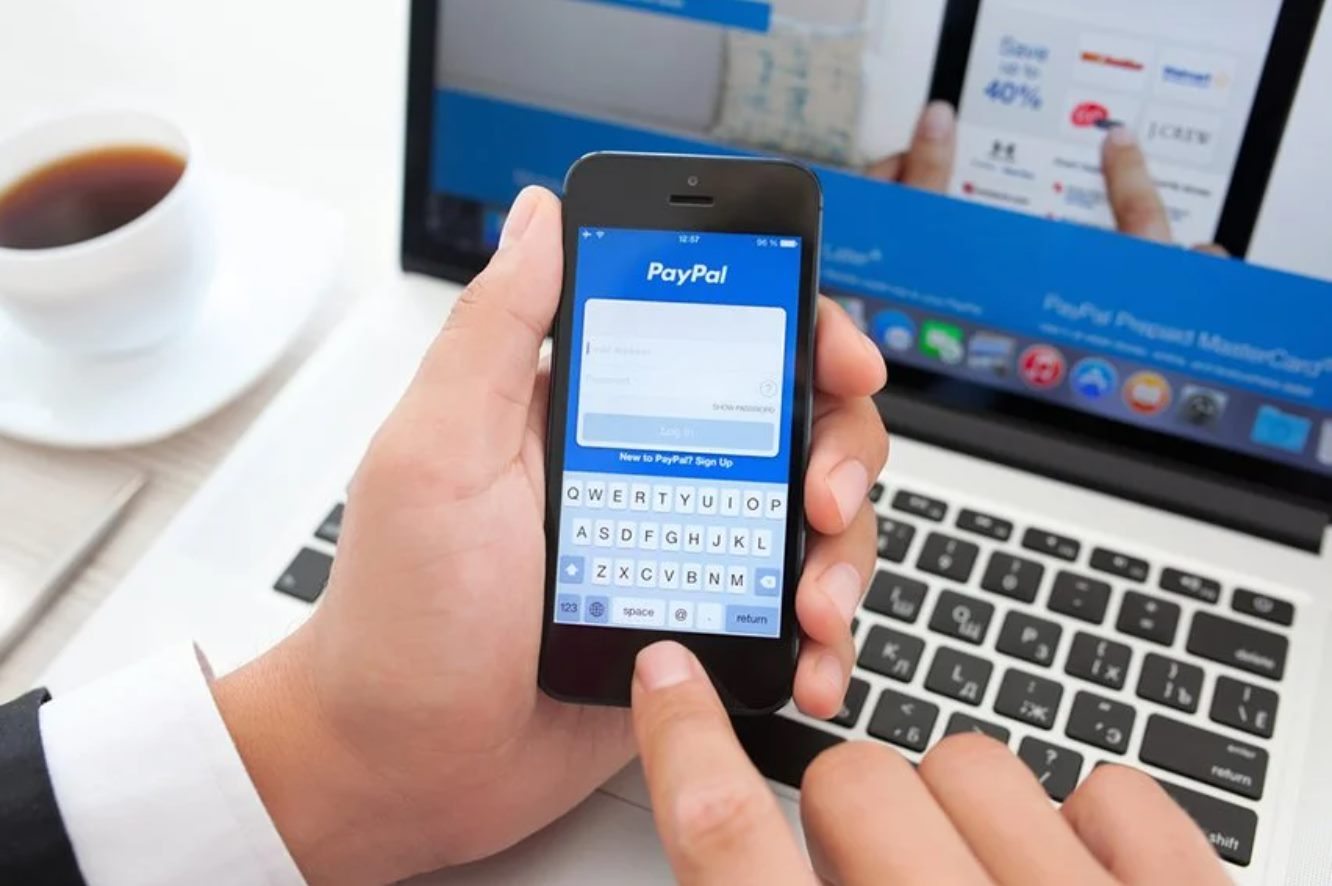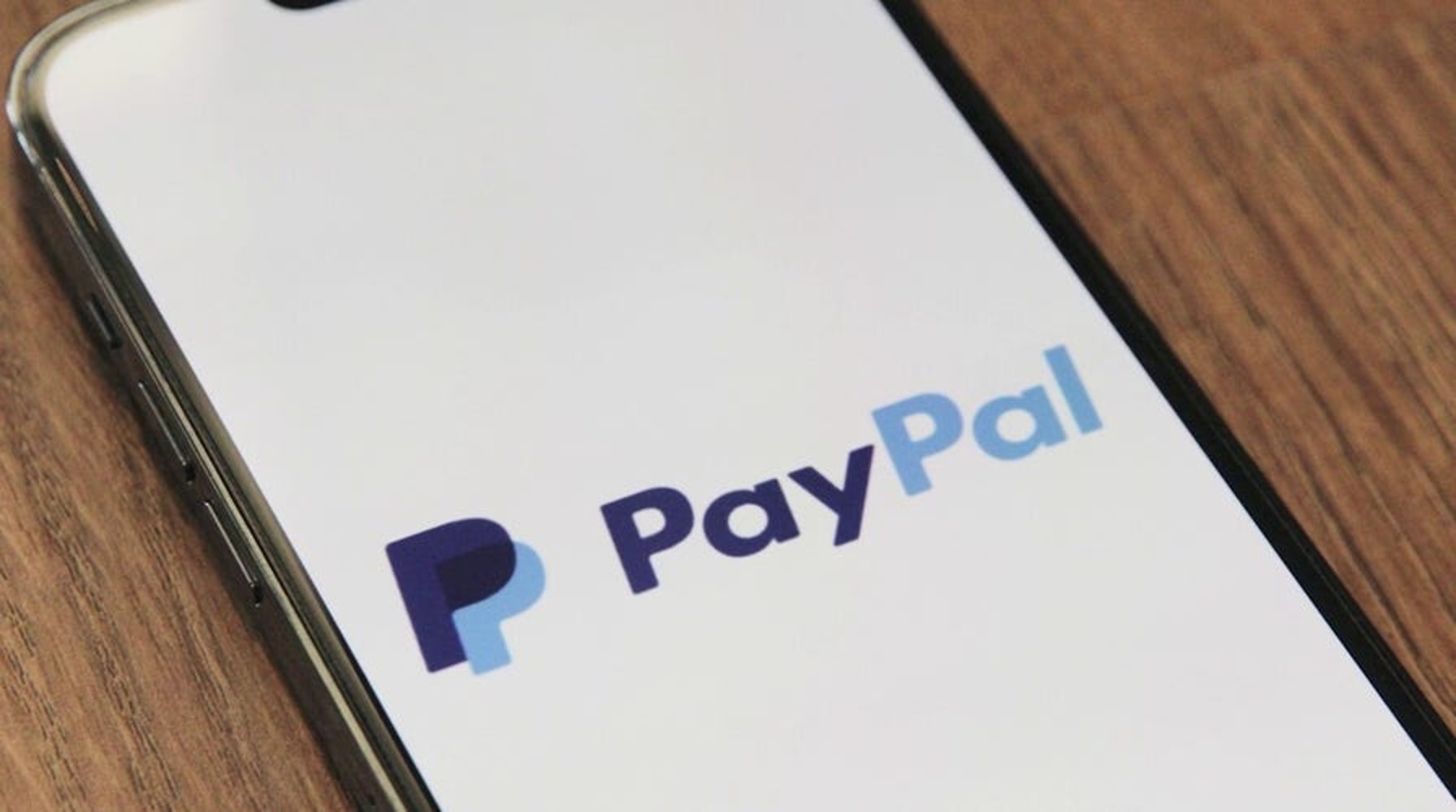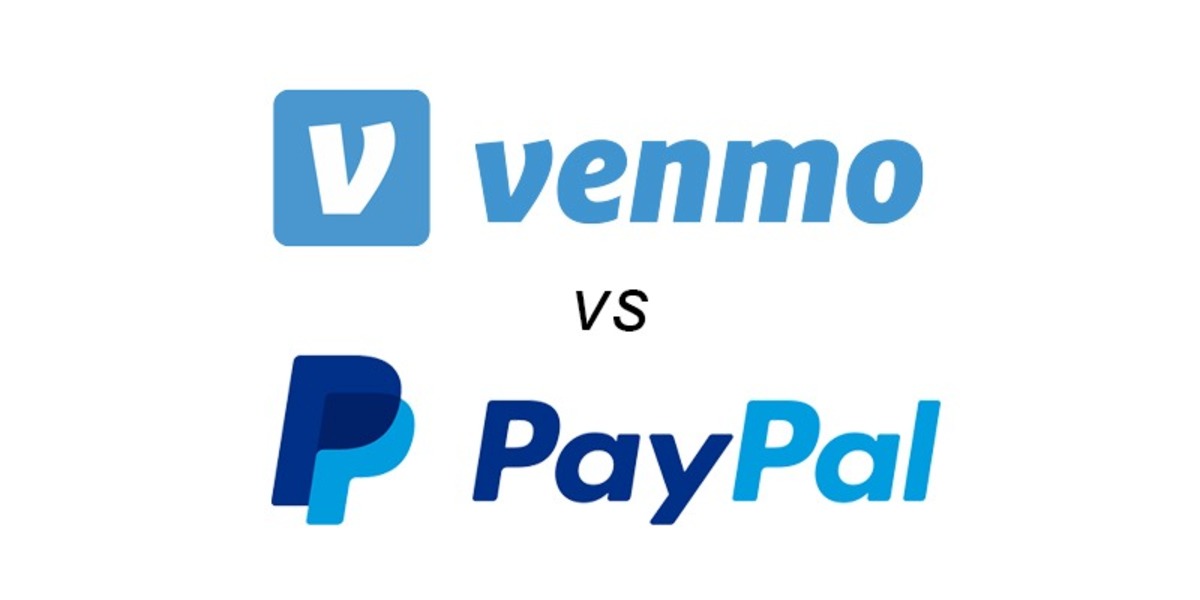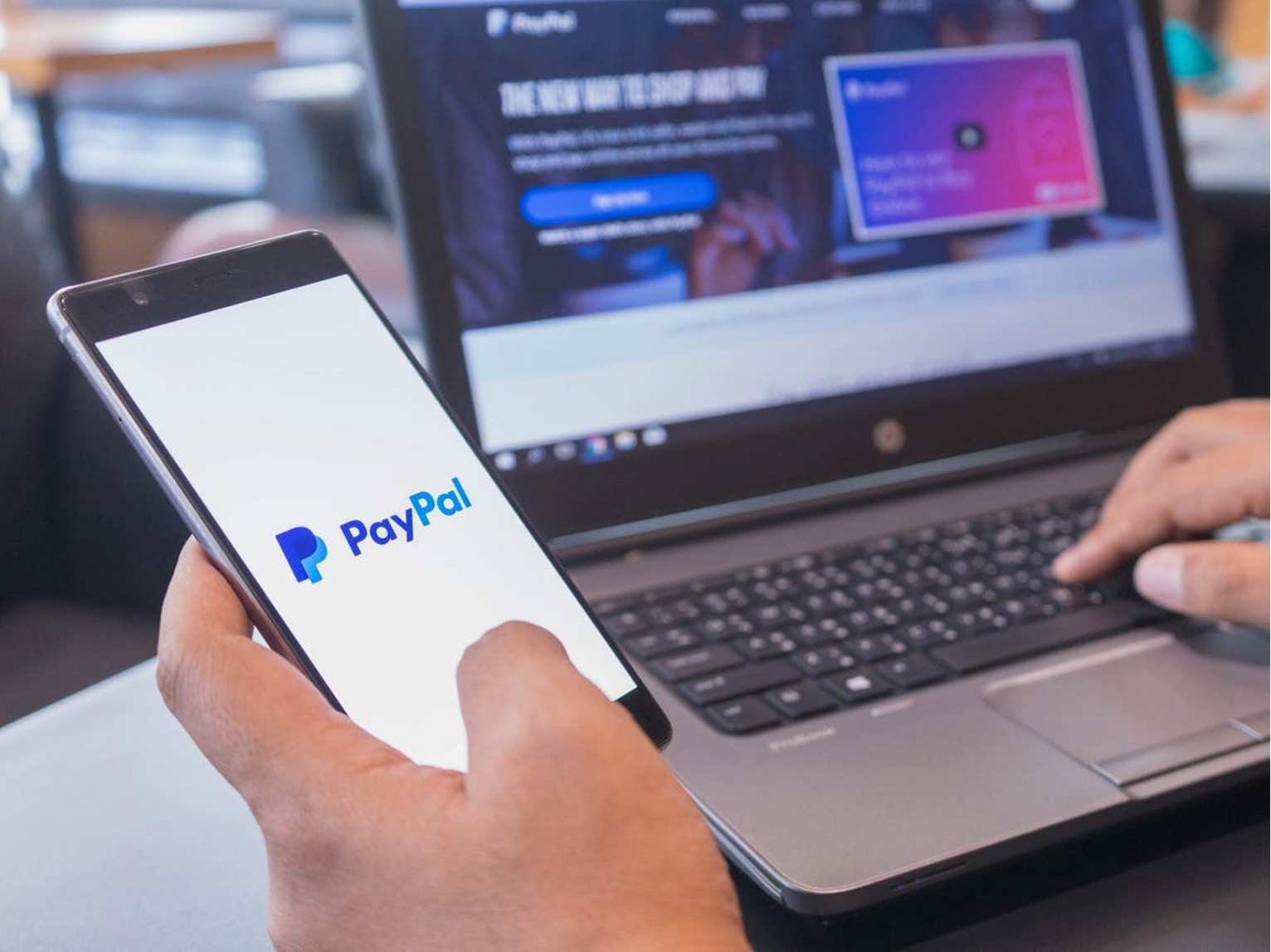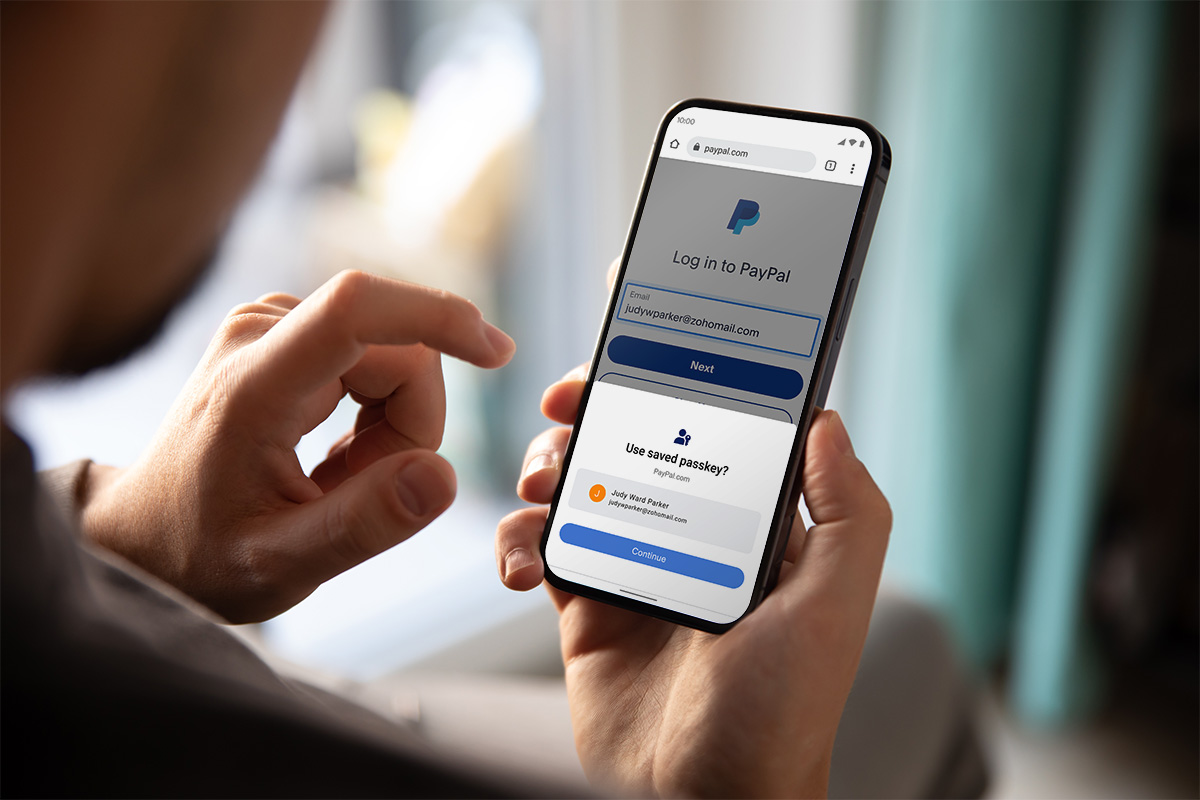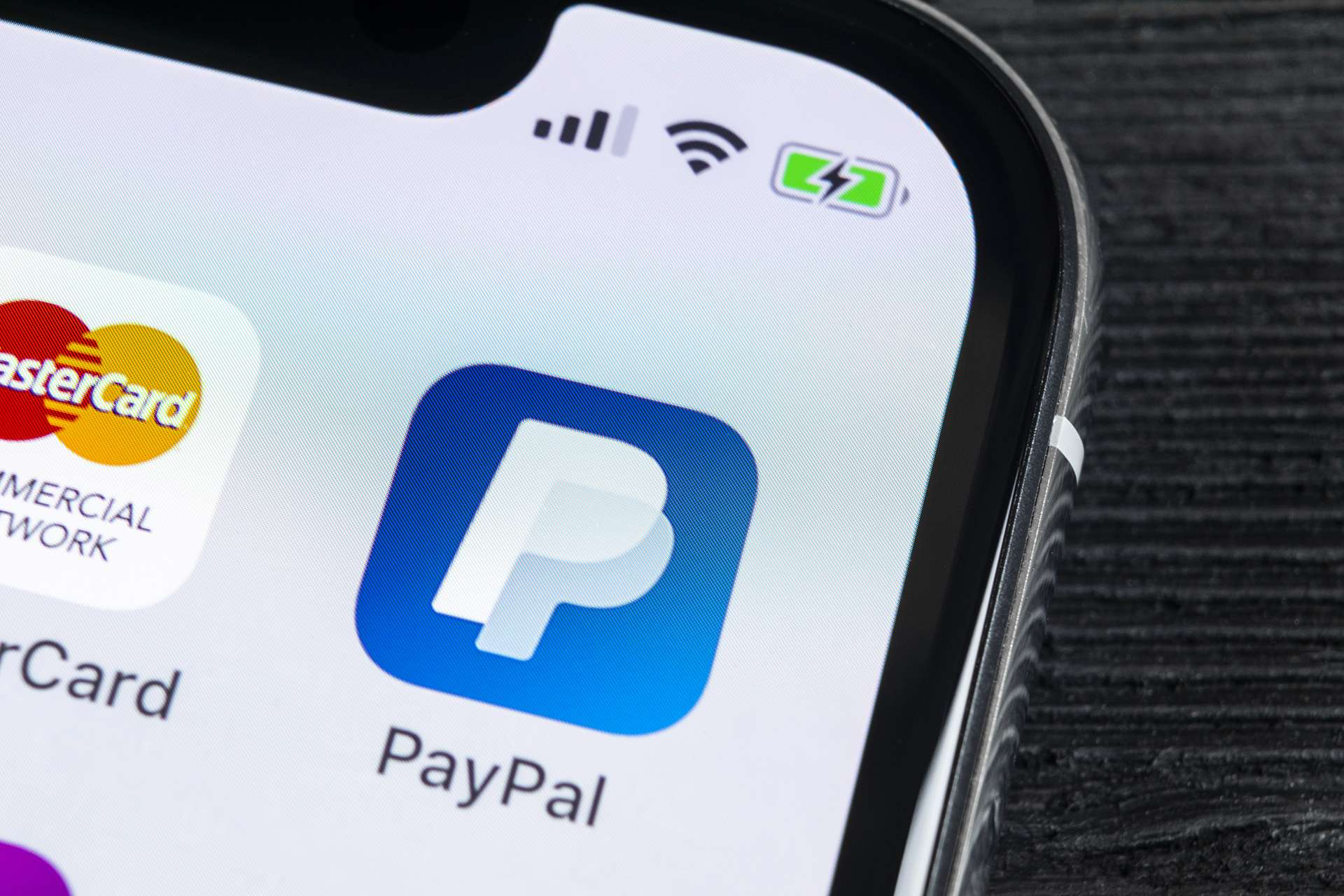Introduction
Welcome to PayPal, the convenient and secure online payment platform that allows you to send and receive money effortlessly. However, there may be times when something goes wrong with a transaction or you encounter a dispute with another party. This is where the Resolution Center comes into play.
The Resolution Center on PayPal is a vital tool that helps users address issues that arise while using the platform. Whether you’ve encountered an unauthorized transaction, received an item that doesn’t match the description, or need to resolve any other payment-related problems, the Resolution Center is your go-to resource.
In this article, we will explore the ins and outs of the Resolution Center, step-by-step instructions on how to access it, and how to navigate its various features and options. We’ll also discuss the importance of effective communication and monitoring the status of a dispute or claim.
By familiarizing yourself with the Resolution Center and its functionalities, you can confidently handle any transaction-related challenges that may arise on PayPal. So, let’s dive in and discover all the essential aspects of the Resolution Center.
Understanding the Resolution Center on PayPal
The Resolution Center is a dedicated platform within PayPal that helps users address and resolve disputes or issues that may arise during a transaction. It serves as a neutral ground for buyers and sellers to communicate, provide evidence, and seek a fair resolution.
When you encounter a problem with a transaction, the Resolution Center is where you can start the process of resolving the issue. It provides a structured framework to guide users through the dispute or claim process, ensuring that both parties have a fair chance to present their case.
By utilizing the Resolution Center, you can effectively communicate with the other party involved and work towards finding a satisfactory solution. PayPal encourages users to attempt to resolve disputes directly with the other party first before escalating the issue to the Resolution Center.
It’s important to understand that the Resolution Center is not a guarantee of a specific outcome, but rather a platform to facilitate communication and assist in reaching a resolution. PayPal’s ultimate goal is to provide a fair and unbiased environment where users can resolve disputes amicably.
Furthermore, PayPal offers several options within the Resolution Center to accommodate various scenarios. These options include filing a dispute, opening a claim, providing additional information, and responding to inquiries from the other party or PayPal itself.
In the next section, we will explore in detail how to access the Resolution Center and utilize its features to seek a resolution for your transaction-related issues on PayPal.
How to Access the Resolution Center
Accessing the Resolution Center on PayPal is simple and straightforward. Whether you’re using the PayPal website or the mobile app, you can easily navigate to the Resolution Center to address any transaction-related issues you may be facing. Here’s how you can access it:
- Sign in to your PayPal account using your email address and password.
- Once you’re logged in, locate and click on the “Help” link at the top right corner of the page.
- In the drop-down menu that appears, click on “Resolution Center.”
- You will now be redirected to the Resolution Center page.
- On the Resolution Center page, you will see a list of your recent transactions. Locate the specific transaction you need assistance with and click on it.
- After clicking on the transaction, you will be presented with various options, such as “Report a Problem,” “Resolve a Problem,” or “Dispute a Transaction.” Select the option that best describes your issue.
- Follow the prompts and provide all the required information, including a detailed explanation of the problem, relevant evidence, and any communication you may have had with the other party.
- Review your submission and click on “Submit” to initiate the dispute or claim.
It’s important to provide accurate and detailed information while submitting your dispute or claim to ensure that PayPal and the other party have a clear understanding of the situation. Providing any supporting documentation or evidence can also strengthen your case.
Remember, effectively utilizing the Resolution Center is crucial in reaching a resolution, so make sure to communicate your concerns and desired outcome clearly and concisely.
Now that you know how to access the Resolution Center, let’s move on to exploring the different options and features available within it.
Exploring the Options in the Resolution Center
The Resolution Center on PayPal offers users a range of options and features to address and resolve transaction-related issues effectively. Let’s take a closer look at the different options you’ll find when navigating the Resolution Center:
- Report a Problem: This option allows you to report any concerns or issues you have with a specific PayPal transaction. Whether it’s an unauthorized transaction, a problem with the item you received, or any other payment-related problem, selecting this option will guide you through the process of filing a report.
- Resolve a Problem: If you’ve already initiated a report or dispute, this option enables you to provide additional information or evidence related to your case. It’s important to be thorough and provide all relevant details to strengthen your position.
- Dispute a Transaction: Selecting this option will initiate a formal dispute process. It’s important to note that you should attempt to resolve the issue directly with the other party before escalating to a dispute. However, if resolution efforts fail, choosing this option will allow you to present your case to PayPal for further investigation.
- Open a Claim: If the dispute process does not result in a satisfactory resolution, or if the other party does not respond to the dispute, you can escalate the case to a claim. This option allows PayPal to step in and review the case in detail to make a final decision.
- Provide Additional Information: Throughout the dispute or claim process, PayPal may request additional information or documentation to help resolve the issue. This option allows you to provide any requested details promptly.
- Respond to Inquiries: PayPal may require you to respond to inquiries or requests for more information from the other party or from PayPal itself. Prompt and thorough responses are essential to ensure a fair and timely resolution.
By exploring and utilizing these options within the Resolution Center, you can effectively address and seek resolution for any transaction-related problems you encounter on PayPal.
In the next section, we’ll discuss the process of initiating a dispute or claim within the Resolution Center.
Initiating a Dispute or Claim
When you encounter a problem with a PayPal transaction that you’ve been unable to resolve directly with the other party, it may be necessary to initiate a dispute or claim within the Resolution Center. Here’s a step-by-step guide on how to initiate a dispute or claim:
- Sign in to your PayPal account and navigate to the Resolution Center, following the instructions provided earlier.
- Locate the specific transaction you’re having an issue with and select it to proceed.
- Choose the option that best describes your issue, such as “Report a Problem” or “Dispute a Transaction.”
- Provide detailed information about the problem you’re experiencing. Be clear and specific, explaining the issue and any attempts you’ve made to resolve it.
- If applicable, provide any supporting evidence, such as screenshots, email communications, or tracking information.
- Review your submission to ensure all the information is accurate and complete.
- Click “Submit” to initiate the dispute or claim process within the Resolution Center.
Once you’ve initiated the dispute or claim, PayPal will review the information you provided and may contact the other party involved to gather additional details. It’s important to note that PayPal may require both parties to communicate and attempt to resolve the issue before making a final decision.
During the dispute or claim process, it’s important to monitor your PayPal account and check your email regularly for updates or inquiries from PayPal. Promptly respond to any requests for additional information or clarification to ensure a smooth resolution process.
Now that you understand how to initiate a dispute or claim, let’s move on to the next section to learn how to respond to a dispute or claim that has been initiated against you.
Responding to a Dispute or Claim
As a PayPal user, you may find yourself in a situation where the other party has initiated a dispute or claim against you. In such cases, responding promptly and effectively within the Resolution Center is crucial. Here’s how you can respond to a dispute or claim:
- Sign in to your PayPal account and navigate to the Resolution Center, as mentioned earlier.
- Locate the specific dispute or claim that requires your response and select it to proceed.
- Carefully review the details of the dispute or claim, including the reason provided by the other party.
- Provide a clear and concise response to address the issue raised. It’s important to provide any relevant information, supporting evidence, or documentation to support your position.
- If necessary, communicate directly with the other party through the Resolution Center to try and reach a resolution.
- Review your response to ensure accuracy and completeness.
- Click “Submit” to provide your response within the Resolution Center.
Once you’ve submitted your response, PayPal will review the information provided by both parties to make an informed decision. It’s important to note that PayPal may request additional information or clarification from either party during this process.
Continued communication and cooperation with PayPal and the other party involved is crucial to reaching a fair resolution. Respond promptly to any inquiries from PayPal and provide any requested information in a timely manner.
While it can be frustrating to have a dispute or claim initiated against you, remember to remain calm and professional in your interactions. A constructive approach and willingness to find a resolution can greatly contribute to a successful outcome.
Now that you know how to respond to a dispute or claim within the Resolution Center, let’s explore the importance of effective communication when using this platform.
Communicating with the Other Party Involved
Effective communication is essential when resolving disputes or claims through the Resolution Center on PayPal. It allows both parties to articulate their concerns, provide necessary information, and work towards a mutually satisfactory resolution. Here are some key points to keep in mind when communicating with the other party involved:
- Be clear and concise: Clearly communicate your concerns, providing specific details and examples to support your position. Avoid using vague language or making assumptions, as this can cause misunderstandings.
- Remain calm and professional: Keep your tone professional and avoid becoming confrontational or aggressive. Remember, maintaining a respectful and cooperative approach can help foster a more positive environment for resolution.
- Use the Resolution Center as the primary communication platform: Communicating directly through the Resolution Center ensures that all conversations are documented and easily accessible for review by PayPal if needed. Avoid resorting to personal email or other channels to prevent potential confusion or miscommunication.
- Provide supporting evidence: If you have any relevant documentation, such as receipts, shipping details, or communication records, share them with the other party. This can help clarify your position and support the resolution you are seeking.
- Respond promptly: Check your PayPal account and email regularly for any messages or inquiries from the other party or PayPal. A timely response demonstrates your commitment to resolving the issue and helps expedite the resolution process.
- Stay focused on the issue: Maintain your focus on the specific problem at hand and avoid getting sidetracked by unrelated matters. Keeping the conversation relevant and on-topic allows for a more efficient resolution process.
- Be open to compromise: In some cases, finding a middle ground or compromise may be necessary to reach a resolution. Being open to reasonable solutions can facilitate the resolution process and help maintain a positive relationship with the other party.
Remember, communication is a key component in resolving disputes or claims effectively. By following these guidelines and maintaining open lines of communication, you can increase the chances of reaching a satisfactory resolution for all parties involved.
In the next section, we’ll discuss the importance of monitoring the status of a dispute or claim within the Resolution Center.
Monitoring the Status of a Dispute or Claim
Once you have initiated a dispute or claim within the Resolution Center on PayPal, it’s essential to regularly monitor the status of the case to stay informed of any updates or requests for information. Here’s why monitoring the status is important and how you can do it:
Firstly, monitoring the status of your dispute or claim allows you to stay informed of any communications or actions taken by PayPal or the other party involved. This ensures that you can provide timely responses or submit any requested information promptly.
To monitor the status of your case, follow these steps:
- Sign in to your PayPal account and navigate to the Resolution Center, as explained previously.
- Locate the specific dispute or claim within your case list and click on it to access the details.
- Pay attention to any updates or notifications provided by PayPal. These can be found within the case details and may include messages from the other party or requests for additional information.
- Regularly check your email associated with your PayPal account for any updates or inquiries from PayPal regarding your case.
- If PayPal requests additional information or documentation, respond in a timely manner to avoid delays in the resolution process.
By actively monitoring the status of your dispute or claim, you can ensure that you are aware of any developments and can take appropriate action when required. It also allows you to stay engaged in the resolution process and demonstrate your commitment to finding a fair resolution.
Remember, resolving a dispute or claim can take time, depending on the complexity of the case and the cooperation of the parties involved. Continue to monitor the status of your case regularly and be prepared to respond promptly to any requests or updates.
Now that you understand the importance of monitoring the status of your dispute or claim, let’s move on to the next section to discover some tips and best practices for effectively utilizing the Resolution Center on PayPal.
Resolution Center Tips and Best Practices
Resolving disputes or claims through the Resolution Center on PayPal can be a smoother process by following these tips and best practices:
- Attempt direct communication first: Before escalating a dispute or claim, try to resolve the issue directly with the other party involved. Open and honest communication can often lead to a satisfactory resolution without the need for PayPal’s intervention.
- Gather evidence and documentation: Collect all relevant information, such as receipts, tracking numbers, or communication records, to support your case. This evidence can strengthen your position and provide clarity to PayPal during the resolution process.
- Be honest and transparent: Provide accurate and truthful information when submitting a dispute or claim. Misrepresenting facts or providing false information can undermine your credibility and may result in unfavorable outcomes.
- Respond promptly: Timely responses to inquiries from PayPal or the other party are crucial. Promptly provide any requested information or clarification to keep the resolution process moving forward smoothly.
- Stay organized: Keep track of all the correspondence, documents, and timelines related to your dispute or claim. This organization helps you stay on top of the case and can be beneficial if any additional support or information is required.
- Remain calm and professional: Keep your interactions with the other party and PayPal professional and courteous. Avoid getting defensive or confrontational, as maintaining a positive and cooperative attitude can greatly enhance the chances of a successful resolution.
- Regularly check for updates: Visit the Resolution Center and check your email frequently for updates, messages, or requests from PayPal. Timely awareness of any developments ensures that you can take appropriate action as needed.
- Keep expectations realistic: Understand that the resolution process may take time, depending on the complexity of the issue. Be patient, but persistently follow up and provide any required information to help move the case forward.
- Consider mediation: If a resolution is challenging to reach, PayPal offers a mediation service that can assist in finding a mutually agreeable solution. This service involves a neutral third party who facilitates communication and encourages compromise.
- Learn from the experience: Use every dispute or claim as an opportunity for growth and learning. Analyze what went wrong and take steps to avoid similar issues in the future. This proactive approach can help prevent future disputes and ensure smoother transactions.
By following these tips and best practices, you can navigate the Resolution Center more effectively, increase your chances of a satisfactory resolution, and maintain a positive online transaction experience.
Now that you’re equipped with valuable tips and best practices let’s conclude this guide to the Resolution Center on PayPal.
Final Thoughts
The Resolution Center on PayPal is a valuable tool that empowers users to address and resolve transaction-related issues effectively. By understanding how to access and navigate the Resolution Center, initiate disputes or claims, communicate with the other party involved, and monitor the status of a case, you can navigate through the resolution process with confidence.
Remember, clear and concise communication, supported by relevant evidence, is key to presenting your case effectively. Promptly respond to inquiries, stay organized, and maintain a professional demeanor throughout the process. By following best practices and staying proactive, you can increase the likelihood of reaching a fair resolution.
However, it’s important to note that not all disputes may have a satisfactory outcome. Despite your best efforts, there may be limitations to what can be resolved through the Resolution Center. In such cases, considering mediation or seeking legal advice may be necessary.
Utilizing the Resolution Center not only helps you reach a resolution but also contributes to the overall trust and credibility of the PayPal platform. As more users engage in fair and equitable transactions, it creates a positive environment for everyone involved.
Remember to learn from each dispute or claim experience. Reflect on the lessons learned and incorporate them into future transactions to prevent similar issues from arising in the first place.
By utilizing the Resolution Center effectively and adhering to best practices, you can navigate the complexities of transaction disputes and claims, ensuring a smooth and secure experience on PayPal.
We hope this guide has provided you with the necessary information and guidance to make the most of the Resolution Center on PayPal. Wishing you successful resolutions and seamless transactions in all your future PayPal endeavors!







